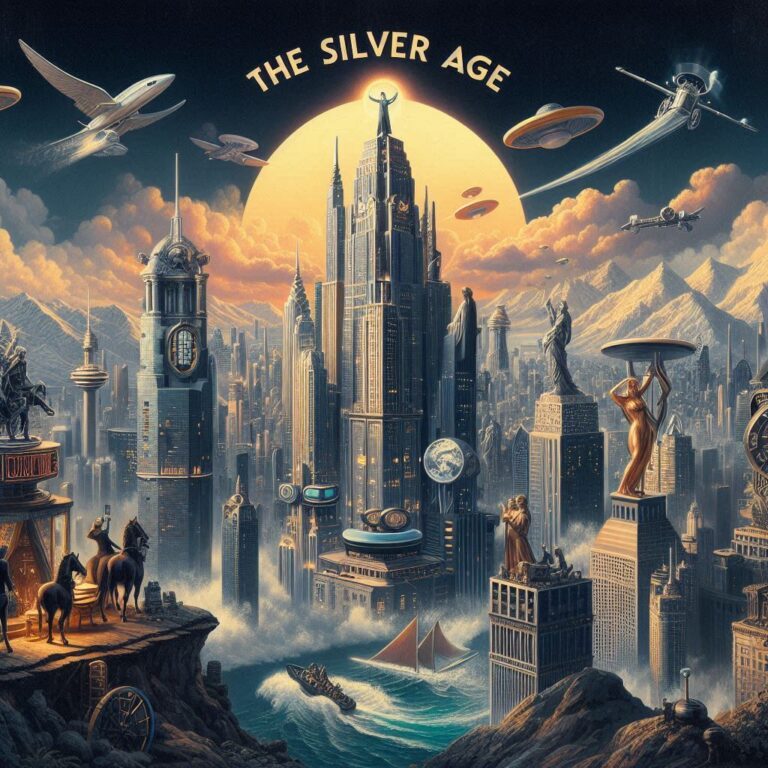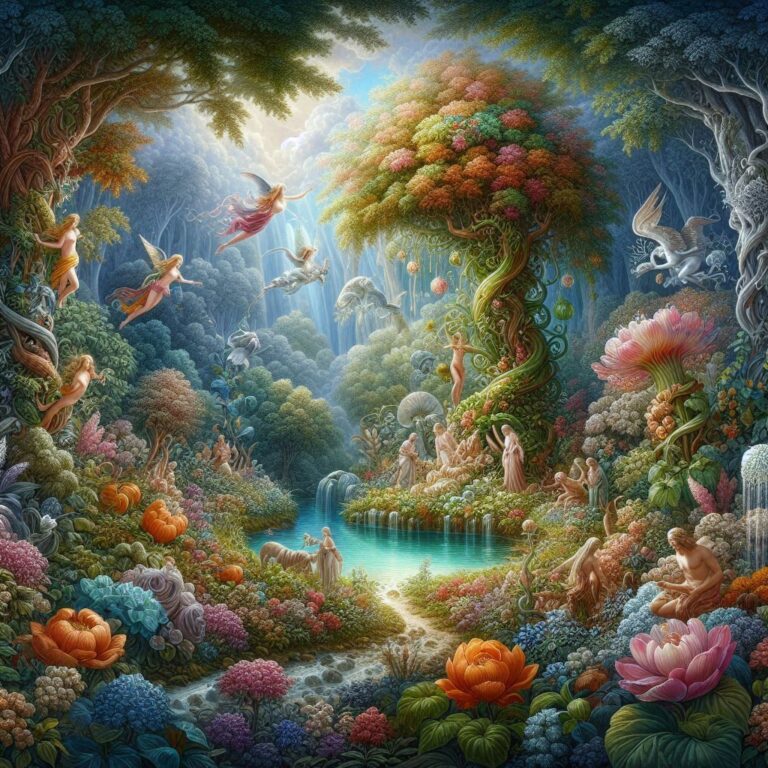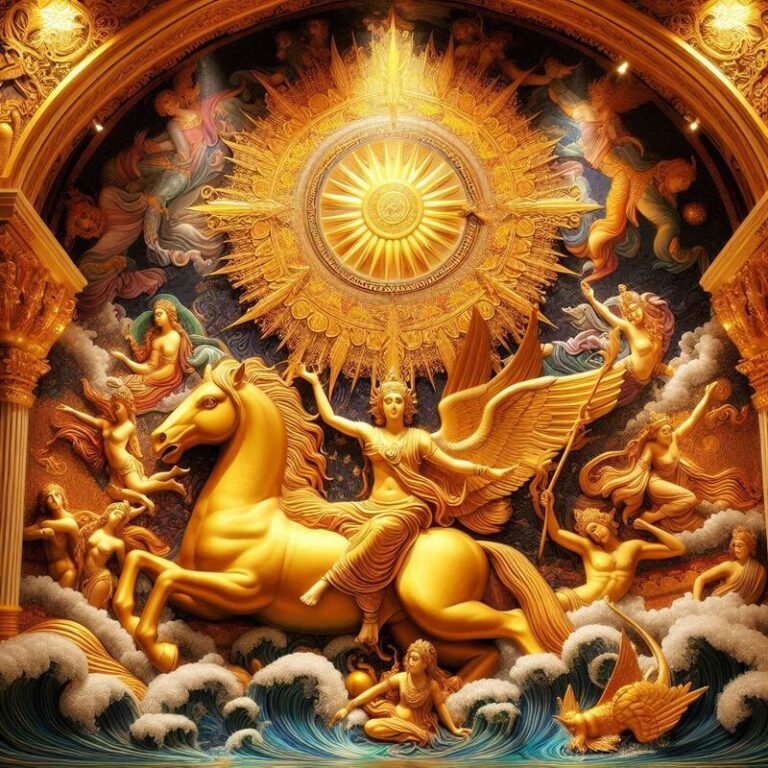Divine Epochs
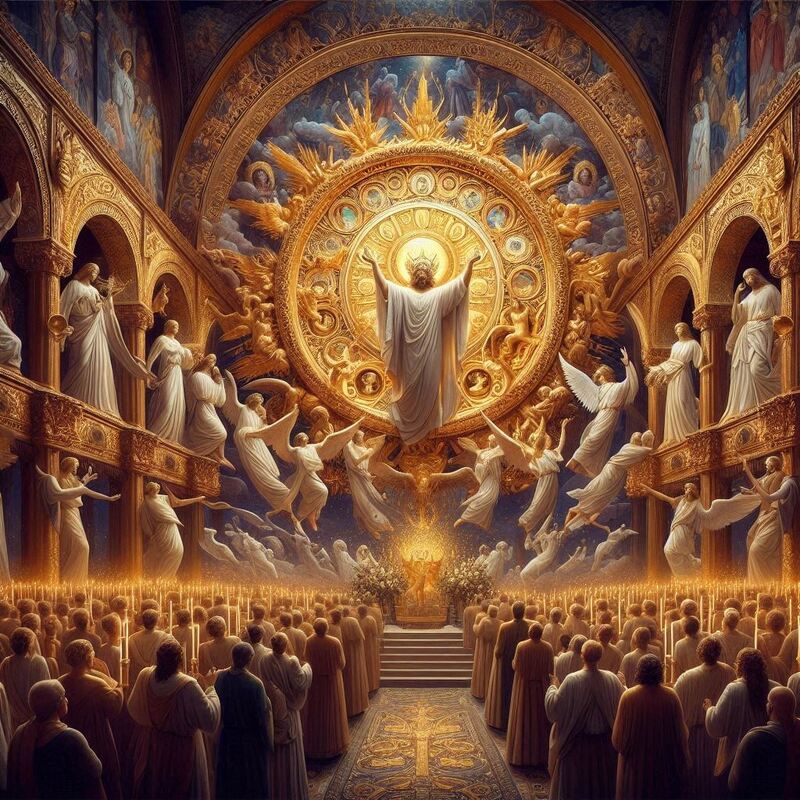
Divine Epochs
Divine Epochs: Celebrating the Times When Gods Walked Among Us
Throughout human history, myths and legends have often depicted eras when gods and deities walked the earth, interacting directly with humans, shaping destinies, and laying down the moral and cultural foundations of societies. These divine epochs are not only tales of wonder and awe but also powerful narratives that have shaped the identity and values of civilizations. This article explores the concept of divine epochs across different cultures, examining the roles and impacts of deities in these mythical periods and how they continue to influence contemporary beliefs and practices.
The Greek Age of Heroes and Gods
In Greek mythology, the time when gods walked among humans is vividly captured in the Age of Heroes, a period detailed in works like Hesiod’s “Works and Days” and Homer’s epic poems. This epoch is marked by the presence of gods such as Zeus, Athena, and Apollo, who actively participated in human affairs, often aiding or challenging heroes like Hercules, Perseus, and Achilles.
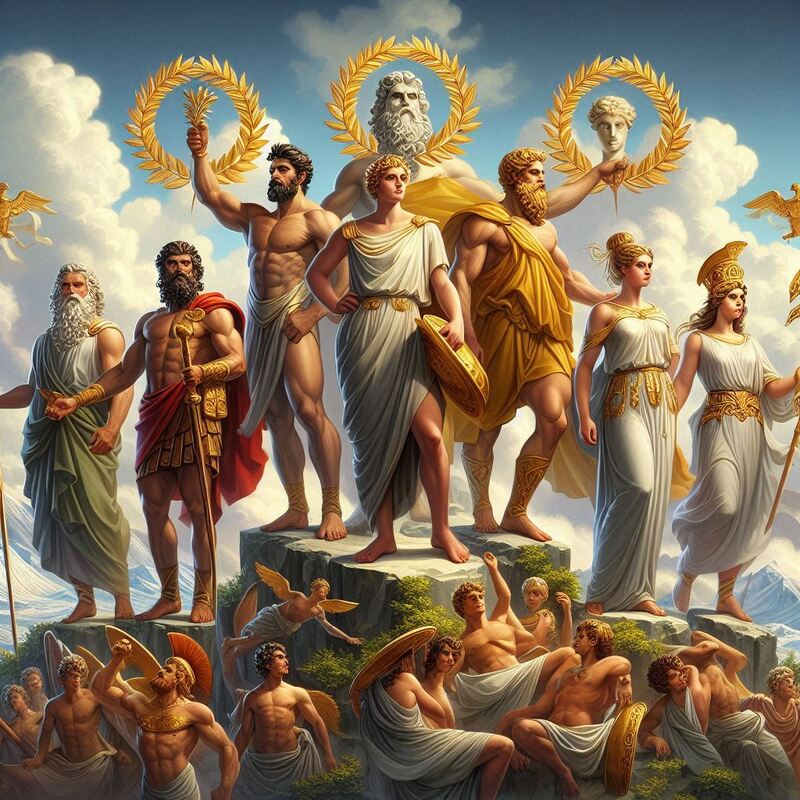
The Greek divine epoch illustrates a world where divine intervention was a common occurrence. The gods’ interactions with mortals served as a means to enforce moral codes, reward virtue, and punish hubris. For example, the labors of Hercules, mandated by the gods, are not just tales of heroism but also allegories of the human struggle against sin and weakness. These stories underline the importance of courage, intelligence, and honor, values that have deeply influenced Western culture.
The Hindu Treta Yuga
In Hinduism, the Treta Yuga, the second age in the cycle of four Yugas, is renowned for the presence of divine incarnations such as Rama and Krishna. This epoch is marked by significant events depicted in the epic texts “Ramayana” and “Mahabharata.” Rama, the seventh avatar of Vishnu, embodies the ideals of dharma (righteousness), while Krishna, the eighth avatar, provides profound philosophical insights through his teachings in the Bhagavad Gita.
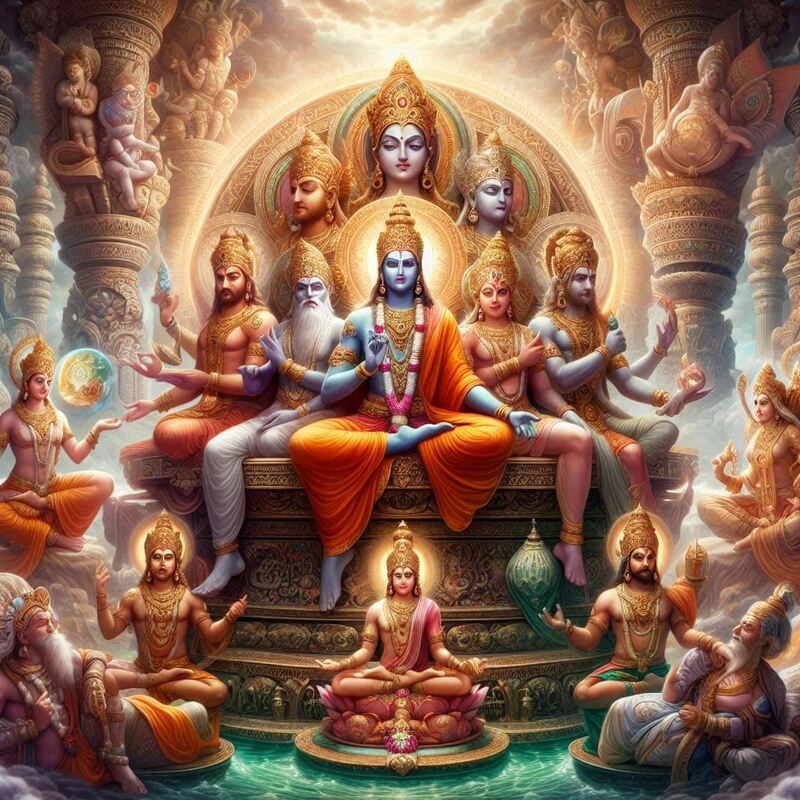
The Treta Yuga represents an age where the divine and the mortal realms were closely intertwined. The actions and teachings of Rama and Krishna provided moral and spiritual guidance, emphasizing the principles of duty, righteousness, and devotion. These narratives continue to be integral to Hindu worship and philosophy, highlighting the belief that divine intervention is a crucial element in the maintenance of cosmic order.
The Norse Age of Gods
Norse mythology presents a divine epoch characterized by the active presence of gods such as Odin, Thor, and Freyja. This era, chronicled in texts like the “Poetic Edda” and the “Prose Edda,” is set before the catastrophic events of Ragnarok. The gods engaged in various exploits and conflicts, often influencing human lives and the natural world.
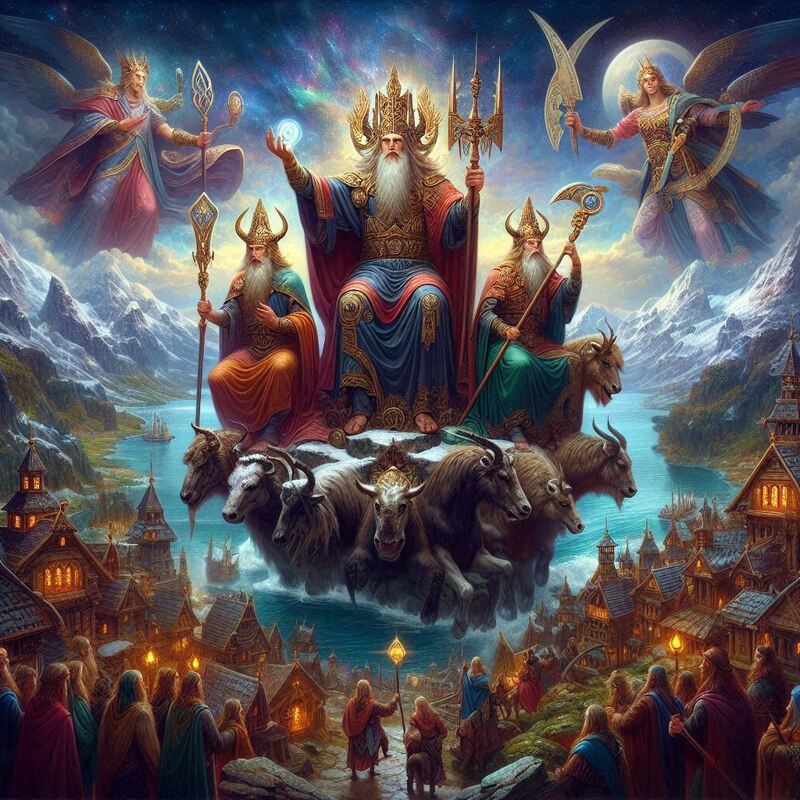
The Norse divine epoch is rich with tales of bravery, wisdom, and sacrifice. Odin’s quest for knowledge, even at the cost of personal suffering, and Thor’s battles against the giants illustrate themes of relentless pursuit of wisdom and protection against chaos. These stories reflect the harsh realities of the Norse environment and the values of resilience and honor that were essential for survival. The legacy of these myths persists in modern Scandinavian culture, influencing literature, art, and even political thought.
The Egyptian Age of Gods and Pharaohs
In ancient Egyptian mythology, the era when gods and pharaohs coexisted is pivotal to the understanding of Egyptian religion and society. Gods such as Ra, Osiris, and Isis were believed to have once ruled the earth and later continued to guide and protect humanity through their divine intervention. Pharaohs, considered as gods on earth, were seen as the direct link between the divine and mortal realms.
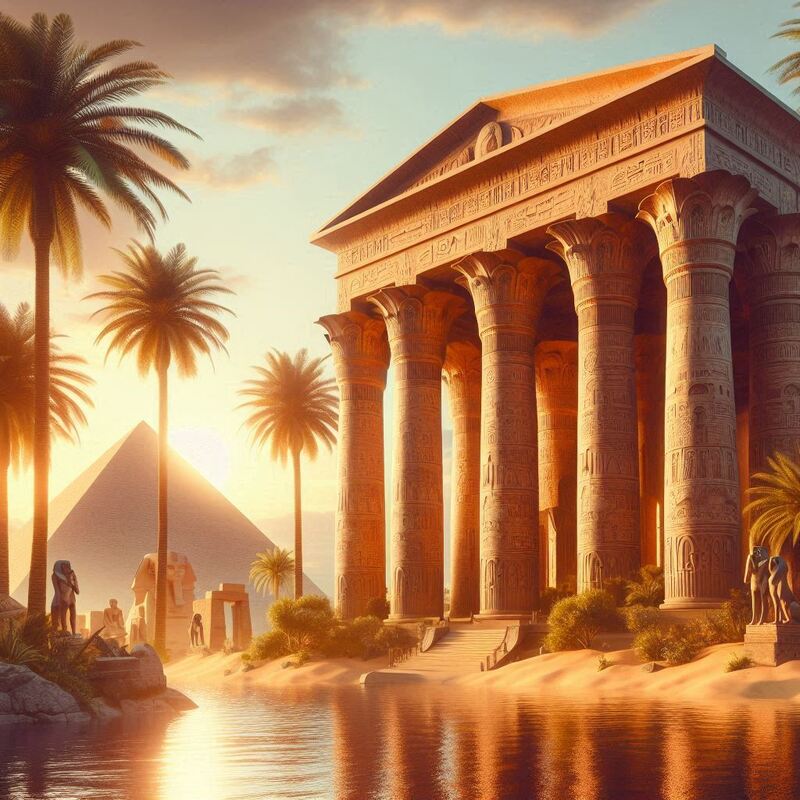
This divine epoch is exemplified by the Osiris myth, where Osiris, the god of the afterlife, is murdered by his brother Set but is resurrected by his wife Isis. This narrative symbolizes the themes of death, resurrection, and eternal life, which are central to Egyptian religious thought. The belief in the divine nature of pharaohs reinforced the political and religious order, with the pharaoh’s role as a mediator ensuring the prosperity and stability of the kingdom.
The Japanese Age of the Kami
In Shinto belief, the ancient period when the kami (spirits or gods) lived among humans is foundational to Japanese culture. The Kojiki and Nihon Shoki, Japan’s earliest chronicles, describe the creation of the Japanese islands by deities such as Izanagi and Izanami, and the subsequent reign of their descendants.
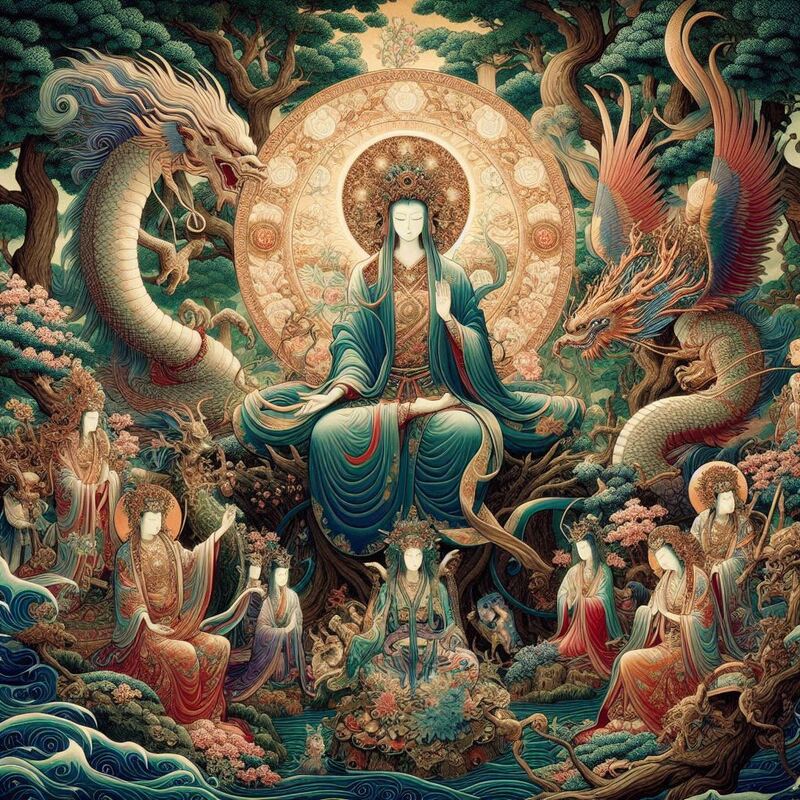
The divine epoch in Shinto is characterized by a close, harmonious relationship between humans and nature, embodied by the kami. The kami were involved in every aspect of life, from agriculture to war, and their presence was believed to ensure harmony and prosperity. This belief system fostered a deep respect for nature and the environment, a value that remains strong in Japanese culture today. Festivals (matsuri) and rituals honoring the kami are still prevalent, reflecting the enduring significance of this divine epoch.
The Mesopotamian Age of Enki and Inanna
In Mesopotamian mythology, the gods Enki and Inanna played crucial roles during the divine epoch. Enki, the god of wisdom and water, was known for his benevolent acts towards humanity, while Inanna, the goddess of love and war, was central to many myths that shaped Sumerian culture.
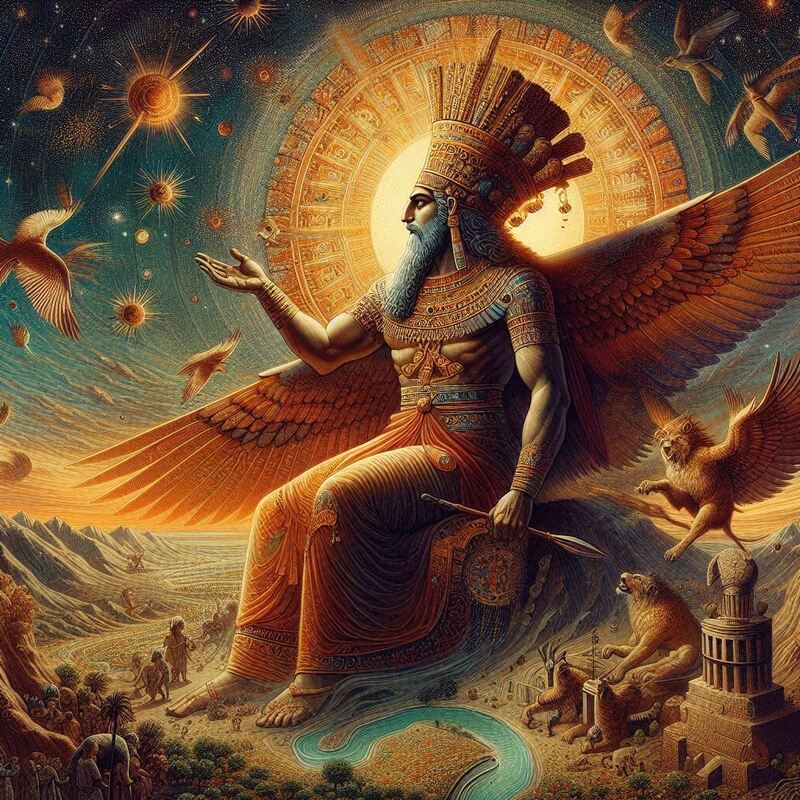
One notable myth is the “Descent of Inanna,” where Inanna ventures into the underworld, symbolizing themes of death and rebirth. Enki’s interventions in myths often highlight the importance of wisdom, creativity, and the balance between chaos and order. These narratives not only shaped religious practices but also influenced legal and ethical codes in Mesopotamian society, underscoring the gods’ role in maintaining social harmony.
The Legacy of Divine Epochs
Divine Epochs
The concept of divine epochs continues to resonate in contemporary culture, serving as a reminder of humanity’s quest for meaning and connection with the divine. These mythical periods offer timeless lessons on morality, justice, and the human condition. They inspire art, literature, and religious practices, providing a rich tapestry of narratives that continue to shape cultural identities and values.
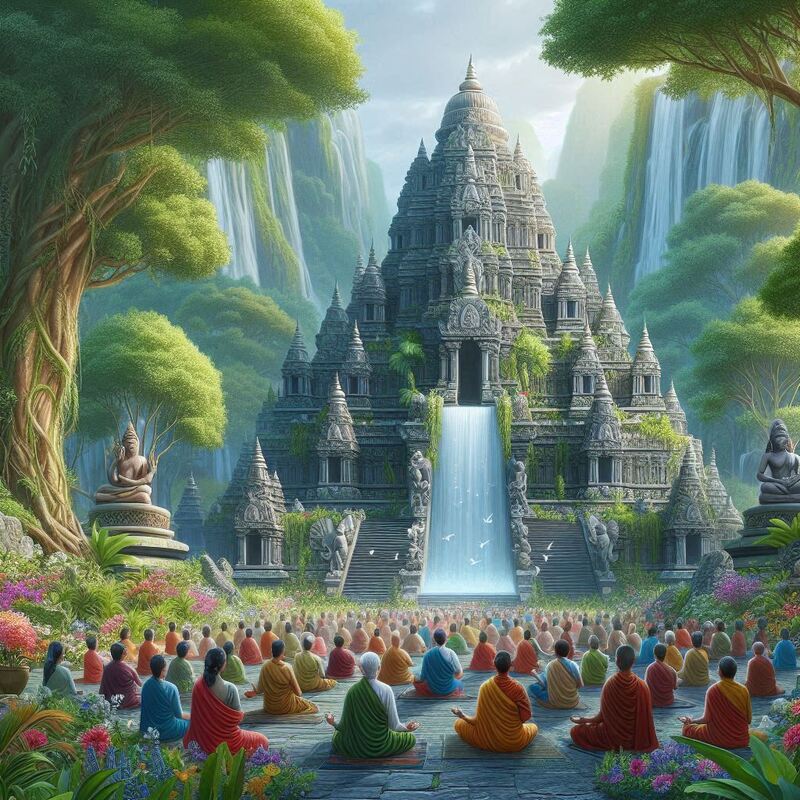
In modern times, the influence of these divine epochs can be seen in various forms. For instance, literature and cinema frequently draw upon these myths, reimagining the ancient stories in new contexts. Festivals, rituals, and religious ceremonies often trace their origins back to these divine interactions, maintaining a sense of continuity with the past.
Moreover, the ethical and moral lessons from these divine epochs remain relevant, offering guidance on how to navigate the complexities of modern life. The tales of heroism, sacrifice, and divine justice continue to inspire individuals and communities, fostering a sense of resilience and hope.
Conclusion
Divine epochs, when gods walked among humans, represent some of the most captivating and influential periods in mythological traditions. These eras, rich with divine-human interactions, have profoundly shaped cultural, religious, and ethical frameworks across civilizations. Celebrating these times allows us to appreciate the timeless wisdom and values they impart, offering a glimpse into a world where the divine was an integral part of everyday life. As we continue to explore and reinterpret these ancient narratives, they remain a vital source of inspiration and guidance, reminding us of our enduring quest for connection with the divine.
